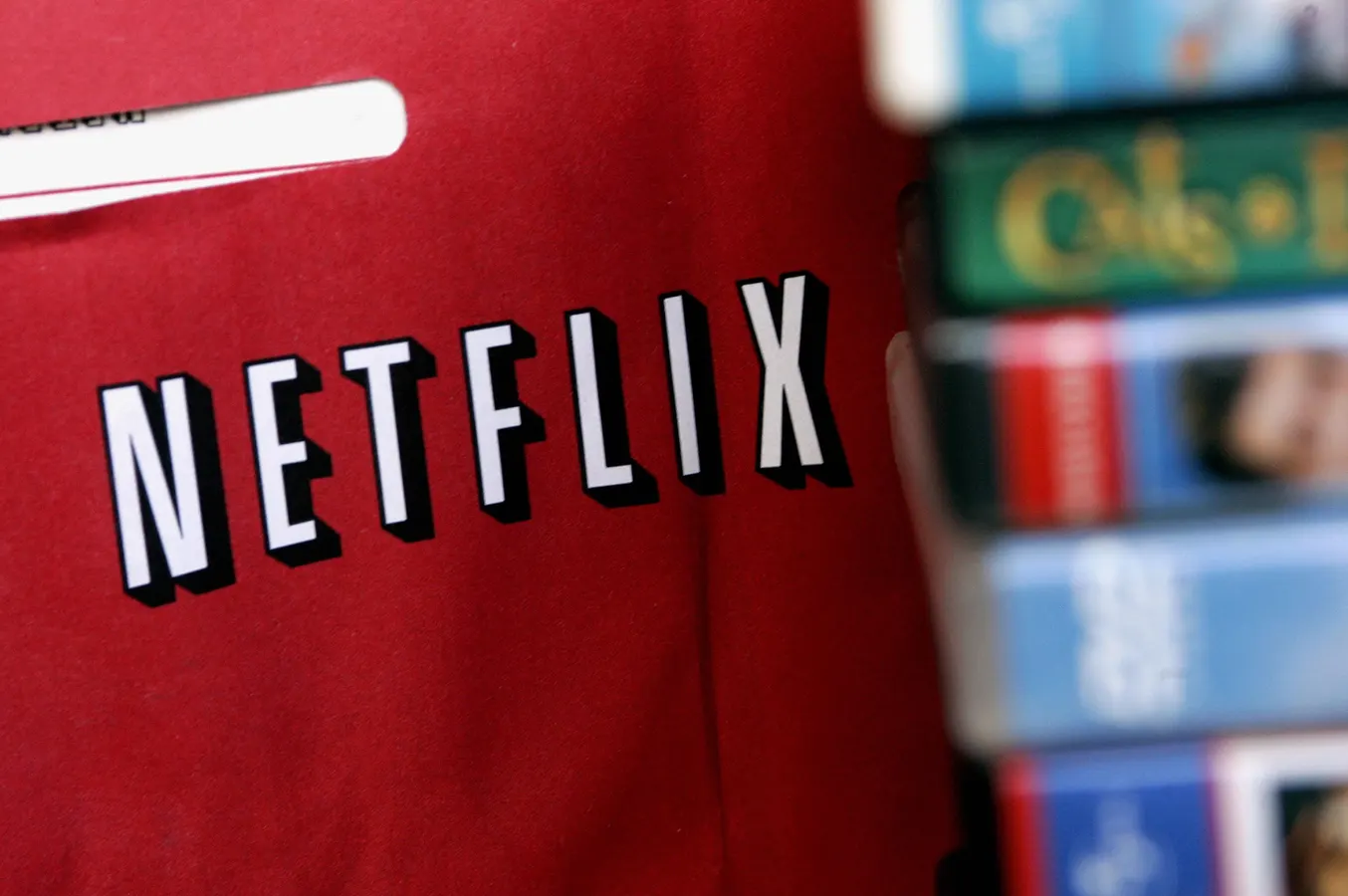By Contributor,Trefis Team
Copyright forbes

Netflix stock has seen a massive surge, rising by over 70% over the past year. The gains follow two smart moves Netflix made post the pandemic, namely cracking down on password sharing and rolling out a cheaper, ad-supported tier. Both have worked, lifting subscriber numbers and giving revenue and subscriber adds a solid boost. When things are going this well, it’s easy for investors to believe the momentum will last forever. That’s exactly when risks tend to get ignored.
Miami, UNITED STATES: A Netflix return mailer is pictured in Miami, Florida 16 January 2007. Netflix annouced it will start showing movies and TV episodes over the Internet, providing its subscribers with instant gratification as the DVD-by-mail service prepares for a technology shift that threatens the company’s survival. AFP PHOTO/Robert SULLIVAN (Photo credit should read ROBERT SULLIVAN/AFP via Getty Images)
AFP via Getty Images
So do you already own the stock or are you planning to buy? You might want to re-consider based on the valuation. Consider the following data:
Size: A $512 Bil company with $42 Bil in revenue currently trading at $1,203.50.
Fundamentals: Last 12 month revenue growth of 14.8% and operating margin of 29.5%.
Liquidity: Has Debt to Equity ratio of 0.03 and Cash to Assets ratio of 0.16
Valuation: Currently trading at P/E multiple of 49.9 and P/EBIT multiple of 41.1
Has returned (median) 45% within a year following sharp dips since 2010. See NFLX Dip Buy Analysis.
So, at today’s levels, Netflix looks expensive on traditional metrics. That doesn’t necessarily rule out further gains—but it does raise the question of how the stock might behave if sentiment turns. To answer that, it helps to look at Netflix’s resilience in past downturns: how far the stock fell compared to the market, and how quickly it recovered.While we like to buy dips if the fundamentals check out – for NFLX, see Buy or Sell NFLX Stock – we are wary of falling knives.
Below is a deep dive into Netflix (NFLX) downturn resilience – specifically, its performance vs the market during past crises? Turns out, the stock saw an impact slightly worse than the S&P 500 index during various economic downturns. We assess this based on both (a) how much the stock fell and, (b) how quickly it recovered.
Below are the details, but before that, as a quick background: NFLX provides TV series, documentaries, films, and mobile games in multiple genres and languages to over 222 million paid members across 190 countries.
2022 Inflation Shock
NFLX stock fell 75.9% from a high of $691.69 on 17 November 2021 to $166.37 on 11 May 2022 vs. a peak-to-trough decline of 25.4% for the S&P 500.
However, the stock fully recovered to its pre-Crisis peak by 20 August 2024
Since then, the stock increased to a high of $1,339.13 on 30 June 2025 , and currently trades at $1,203.50
Inflation shock
MORE FOR YOU
2020 Covid Pandemic
NFLX stock fell 22.9% from a high of $387.78 on 18 February 2020 to $298.84 on 16 March 2020 vs. a peak-to-trough decline of 33.9% for the S&P 500.
However, the stock fully recovered to its pre-Crisis peak by 13 April 2020
Covid crash
2018 Correction
NFLX stock fell 44.2% from a high of $418.97 on 9 July 2018 to $233.88 on 24 December 2018 vs. a peak-to-trough decline of 19.8% for the S&P 500.
However, the stock fully recovered to its pre-Crisis peak by 15 April 2020
2018 Correction
2008 Global Financial Crisis
NFLX stock fell 55.9% from a high of $5.81 on 17 April 2008 to $2.56 on 27 October 2008 vs. a peak-to-trough decline of 56.8% for the S&P 500.
However, the stock fully recovered to its pre-Crisis peak by 17 March 2009
2008 Crisis
Worried that NFLX could fall much more? You could take a look at the Trefis High Quality (HQ) Portfolio, with a collection of 30 stocks, has a track record of comfortably outperforming its benchmark that includes all 3 – the S&P 500, S&P mid-cap, and Russell 2000 indices. Why is that? As a group, HQ Portfolio stocks provided better returns with less risk versus the benchmark index; less of a roller-coaster ride, as evident in HQ Portfolio performance metrics.
Editorial StandardsReprints & Permissions



